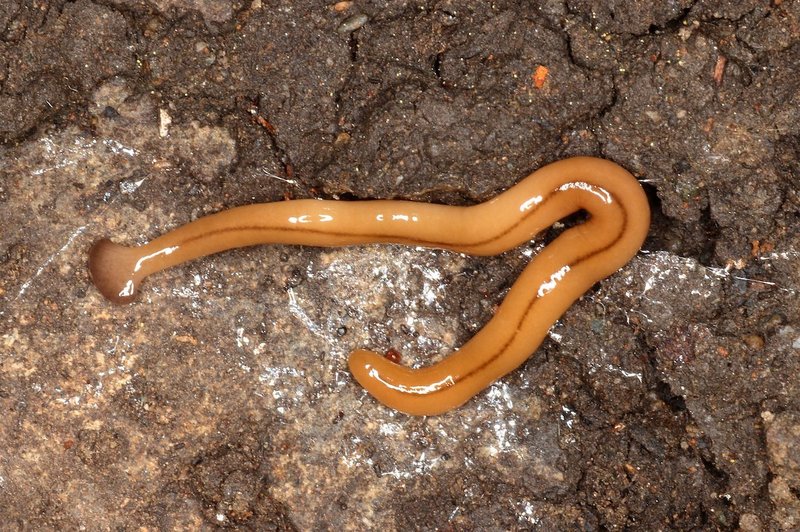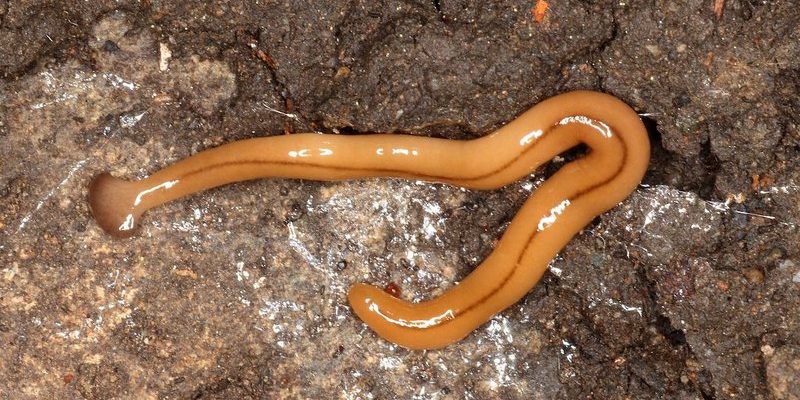
When it comes to managing nature’s little challenges, think of it like putting together a jigsaw puzzle. You need the right pieces in the right places to create a beautiful picture. Hammerhead worms, while unsettling, serve as reminders of how ecosystems work. They can wreak havoc on your plants but understanding how to manage their presence naturally can turn a potential headache into a manageable situation. So, let’s dive into some tried-and-true methods to keep these slippery invaders in check.
Understanding Hammerhead Worms
Hammerhead worms, belonging to the species **Bipalium**, are native to tropical regions but have made their way to various parts of the world. They usually measure between 10 to 30 centimeters long and have a flattened body with a distinct head shape that resembles a hammer. You might find them lurking in your garden, especially in moist areas, which makes them a common sight after a rainy day.
Here’s the thing: these worms are not your average garden pests. They primarily feed on earthworms, which are beneficial for healthy soil. So, while hammerhead worms might not pose a direct threat to all your plants, their appetite for earthworms can disrupt the soil structure and overall health of your garden.
Understanding their habits is crucial for managing them. Hammerhead worms thrive in humid conditions and are often found under rocks, mulch, or decaying organic matter. By recognizing where they like to take up residence, you can create a plan to reduce their numbers naturally.
Creating a Dry Habitat
One of the simplest ways to deter hammerhead worms is to create a less hospitable environment. Since these critters love moisture, reducing dampness in your garden can make it less appealing for them. Start by avoiding overwatering your plants.
Consider implementing these tips to create a drier habitat:
- Improve Drainage: Ensure that water isn’t pooling in your garden beds. You can do this by elevating the soil or adding organic matter to improve the structure.
- Avoid Excess Mulch: While mulch can be great for moisture retention, too much of it can lead to a damp environment that hammerhead worms love.
- Rotate Your Crops: Change the placement of your plants each season. This can disrupt the habitat for hammerhead worms and prevent their numbers from growing.
Making your garden less inviting for these worms doesn’t mean you have to sacrifice plant health. A little tweaking can make a significant difference.
Encouraging Natural Predators
Another effective plot involves inviting natural predators into your garden to help balance the ecosystem. Birds, for example, feast on worms and can help control their populations. Here’s how to make your garden a welcoming space for these feathered friends:
- Provide Nesting Areas: Install birdhouses or leave natural nesting spaces. This can attract birds that will help keep your hammerhead worm problem in check.
- Offer Food Sources: Plant native flowers that attract insects. These insects can, in turn, attract birds, creating a natural cycle of pest control.
- Create Water Sources: A shallow birdbath or small water feature can provide hydration, encouraging birds to visit regularly.
When you have the right mix of plants, water sources, and shelter, your garden turns into a haven—not just for birds but also for a variety of beneficial wildlife that helps keep populations of unwanted pests in check.
Using Organic Deterrents
If you’re still seeing too many hammerhead worms despite making environmental changes, consider using organic deterrents. Here are a few natural solutions that can help repel these critters:
- Coffee Grounds: Sprinkling used coffee grounds around your plants can deter hammerhead worms. The caffeine is toxic to them, but don’t worry—it’s perfectly safe for your plants.
- Salt Solution: Mixing salt with water (1 to 3 ratio) and spraying it on areas where you see these worms can help. Just be careful not to spray directly on your plants.
- Vinegar Spray: White vinegar can also be an effective deterrent when sprayed on areas frequented by hammerhead worms. Again, avoid direct contact with your plants.
Using these organic methods means you’re lowering your chances of harming beneficial soil organisms while addressing the pesky hammerhead worms.
Maintaining Garden Hygiene
Keeping your garden clean is essential in any strategy to reduce pest numbers. Regular maintenance not only helps your plants thrive but also keeps hammerhead worms at bay. Here’s a checklist for maintaining a tidy garden:
- Remove Debris: Clean up fallen leaves, branches, and other organic matter that can provide shelter for hammerhead worms.
- Check for Signs: Regularly inspect your garden for signs of hammerhead worms. The sooner you spot them, the quicker you can implement control measures.
- Aerate Soil: Aerating the soil helps improve drainage and reduces moisture accumulation, making it less appealing for these worms.
Regularly tending to your garden not only keeps it looking nice but also fosters a healthier ecosystem overall.
Combining Strategies for the Best Results
The best approach to managing hammerhead worm numbers is to combine multiple strategies. Think of it like a layered defense system.
For example, you could create a drier habitat and invite predators while using organic deterrents as needed. By layering different methods, you increase your chances of success and create a balanced, healthy garden ecosystem.
Also, remember that these naturally occurring solutions take time to show results. Patience is key! Keep monitoring your garden and adjust your tactics as needed.
Battling hammerhead worms doesn’t have to feel like an uphill struggle. By embracing natural plots and strategies, you can effectively reduce their numbers while promoting a healthy environment for your plants. Whether you’re creating a less hospitable habitat, inviting natural predators, or using organic deterrents, remember that every little bit helps.
With time and care, you can maintain a thriving garden that’s not only beautiful but also balanced. So roll up your sleeves, get your hands dirty, and take action—you’ve got this!

